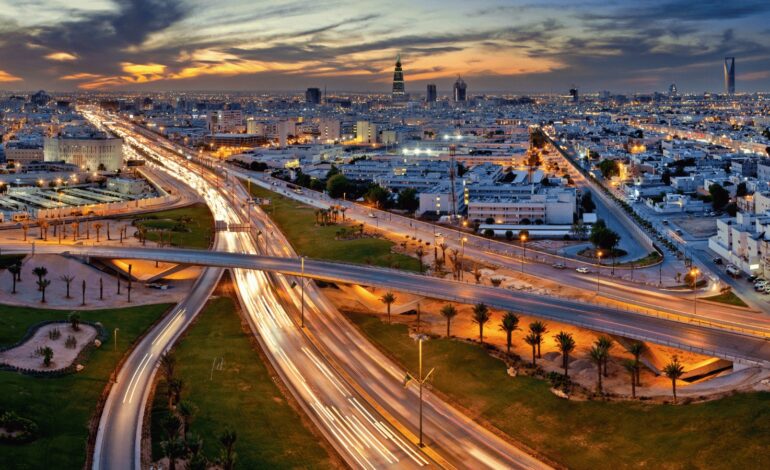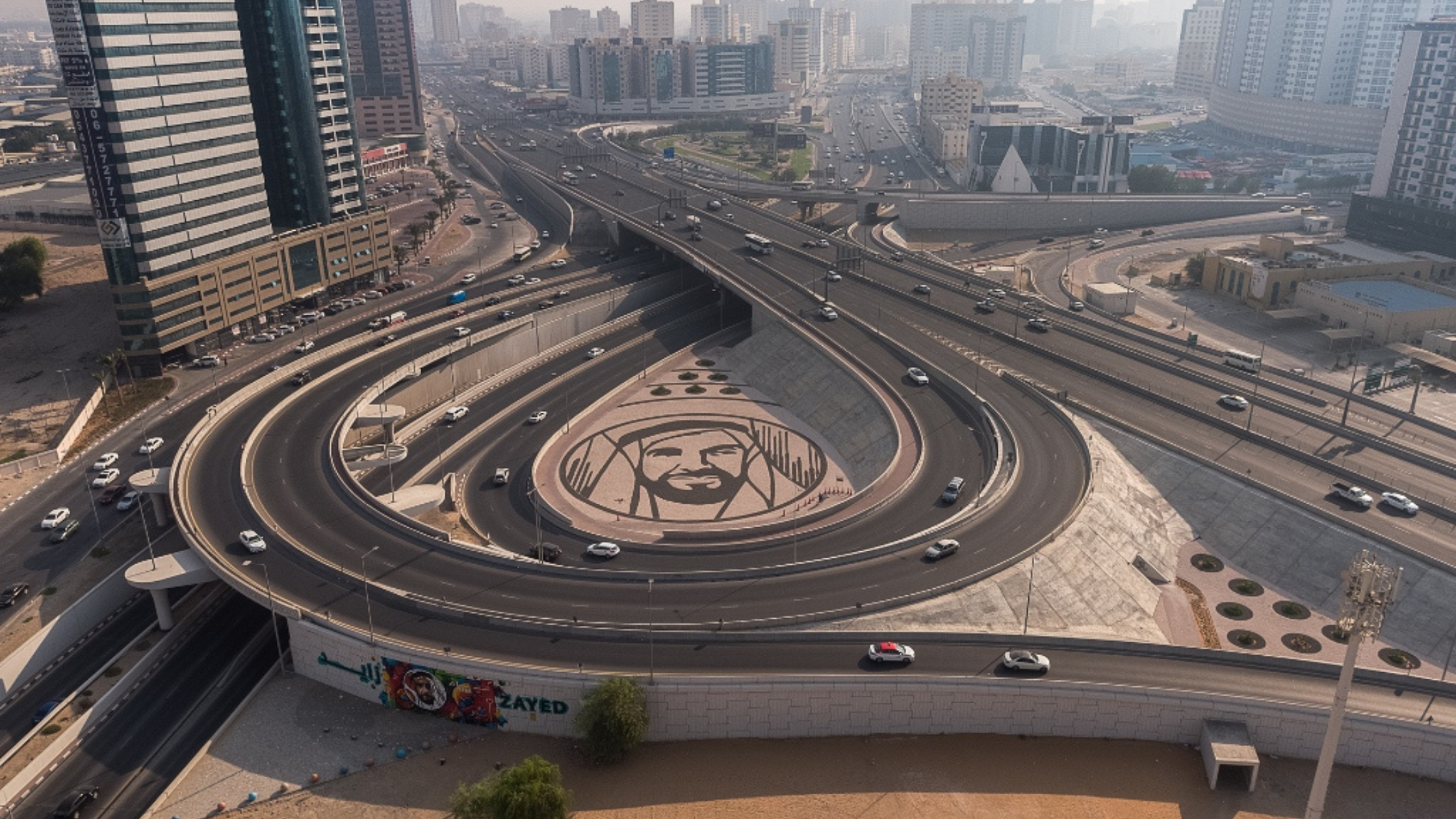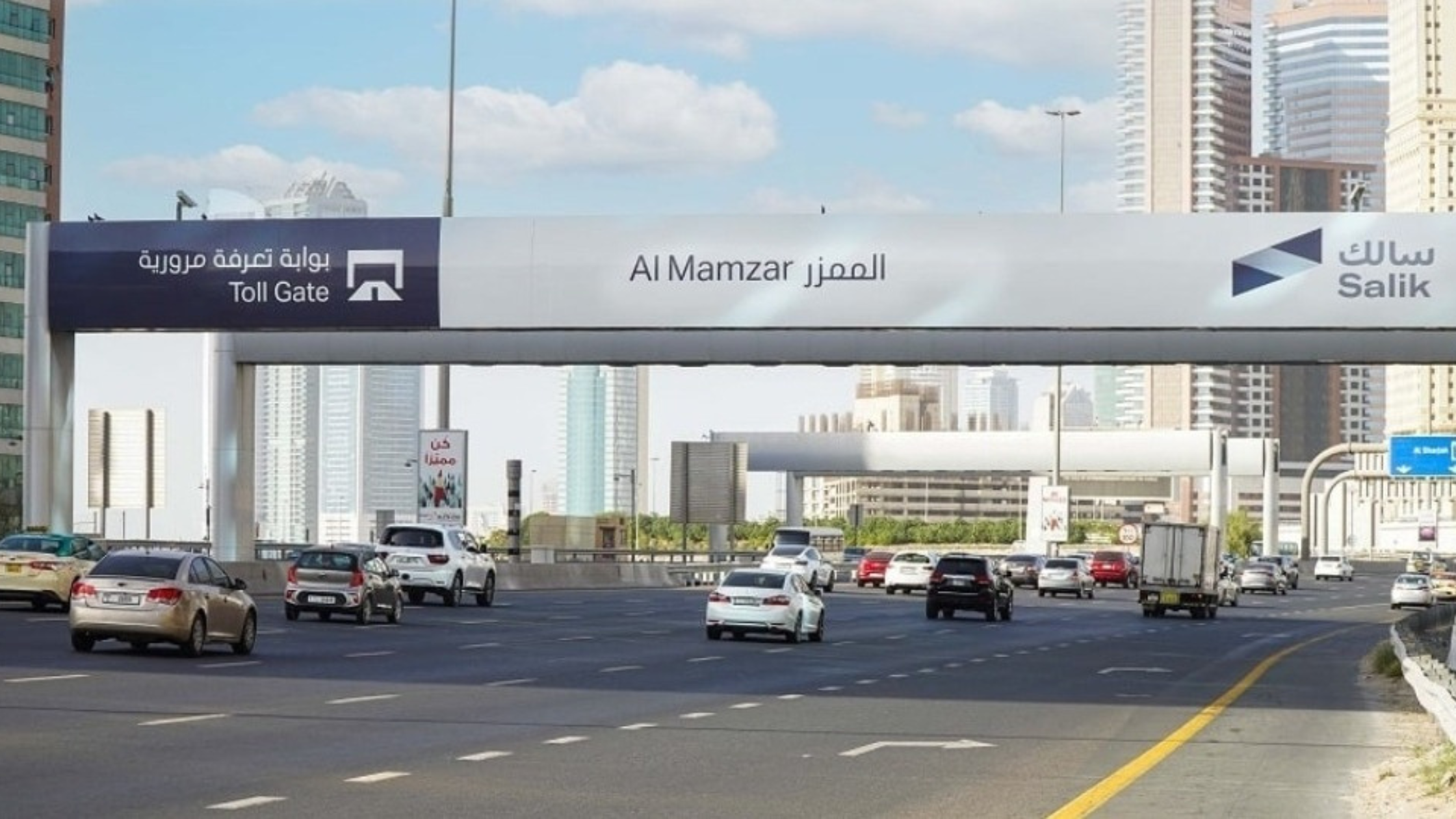Saudi Arabia’s Vision 2030: Revolutionizing Transport and Logistics

Saudi Arabia is embarking on an ambitious journey to redefine its transport and logistics sector, aiming to position itself as a global logistics hub under the transformative framework of Vision 2030. Announced by Minister of Transport and Logistics Services Saleh Al Jasser at the Global Aviation and Maritime Transport Summit, the Kingdom’s plans include a 50% expansion of the national railway network and a goal to double passenger capacity at its airports. These initiatives, detailed by Saudi Akhbar24, are part of the National Transport and Logistics Strategy launched in 2021, a cornerstone of Vision 2030 that seeks to diversify the economy and reduce oil dependency. This article explores Saudi Arabia’s bold steps toward building a people-centric, technology-driven, and policy-focused transport ecosystem, highlighting key projects and their impact on regional and global connectivity.
A Strategic Vision for Global Connectivity
The National Transport and Logistics Strategy is a pivotal element of Vision 2030, designed to transform Saudi Arabia into a global logistics powerhouse. Speaking at the summit’s panel, “Shaping the Future of Transport: People, Technology, and Policy,” Minister Al Jasser emphasized the Kingdom’s commitment to creating an integrated transport ecosystem. This ecosystem prioritizes multimodal connectivity, leveraging technology and innovative policies to enhance efficiency and accessibility. The strategy aims to double the sector’s contribution to the Kingdom’s GDP, reflecting its critical role in economic diversification.
By investing heavily in infrastructure development, Saudi Arabia is strengthening its strategic position as a bridge between Asia, Africa, and Europe. The focus on sustainable transport solutions and digital transformation ensures that the Kingdom remains competitive in the global market, aligning with Vision 2030’s goal of reducing reliance on oil revenues.
Expanding the National Railway Network
A flagship initiative of the strategy is the 50% expansion of the national railway network, increasing its length from 5,300 km to 8,000 km by 2030. This ambitious project, as reported by posts on X, aims to enhance domestic and regional connectivity, streamline cargo movement, and support tourism growth. The land bridge railway project, a key component, will connect Jeddah Islamic Port to King Abdulaziz International Airport, creating a seamless link between sea and air transport. This integration is expected to reduce operational bottlenecks and improve supply chain efficiency, positioning Saudi Arabia as a leader in regional logistics.
The railway expansion also includes the Dream of the Desert luxury train service, set to launch as the Kingdom’s first high-end rail experience. This project not only boosts tourism but also aligns with Vision 2030’s focus on creating world-class travel experiences, attracting both domestic and international visitors.
Doubling Airport Passenger Capacity
Saudi Arabia’s aviation sector is undergoing a transformative overhaul, with plans to double passenger capacity at its airports. This initiative supports the Kingdom’s goal of welcoming 150 million tourists annually by 2030, as outlined in Vision 2030. Major airports, including King Salman International Airport in Riyadh and expansions at Jeddah and Dammam, are being upgraded to handle increased traffic and provide world-class facilities. These developments are complemented by fleet expansions from airlines like Saudia, Flynas, and the newly established Riyadh Air, which aim to enhance regional and international connectivity.
The focus on aviation infrastructure is driven by the need to support tourism growth, particularly for events like World Expo 2030 and FIFA World Cup 2034. By modernizing airports and expanding airline operations, Saudi Arabia is positioning itself as a key player in the global aviation industry, ensuring accessibility for millions of visitors.
Specialized Logistics Zones for Multimodal Integration
A cornerstone of the strategy is the development of specialized logistics zones designed to integrate sea, air, and land transport systems. The integrated logistics zone at Jeddah Islamic Port, for example, is a flagship project that connects port operations with King Abdulaziz International Airport via the forthcoming land bridge railway. This zone streamlines cargo movement, enhances customs operations, and leverages digital infrastructure to improve efficiency.
Minister Al Jasser noted that these zones are critical for reducing customs clearance times by over 30%, as achieved through the unified national digital logistics platform. This platform links customs, ports, airlines, and freight forwarders, creating a cohesive system that minimizes delays and boosts supply chain reliability. The Al-Khumrah Logistics Park, connected to Jeddah Islamic Port, further exemplifies Saudi Arabia’s commitment to logistics innovation, supporting the Kingdom’s ambition to rank among the top 10 countries in the Logistics Performance Index.
Technological Innovation and Digital Transformation
At the heart of Saudi Arabia’s transport overhaul is a commitment to digital transformation. The unified national digital logistics platform has revolutionized customs clearance, cutting processing times significantly and enabling smoother cargo flow. This platform integrates stakeholders across the supply chain, from ports to airlines, ensuring real-time data sharing and operational efficiency.
Additionally, the adoption of Building Information Modeling (BIM) and other digital tools is optimizing logistics infrastructure development. These technologies enhance the design, production, and installation of transport networks, supporting projects like the Red Sea Project and NEOM, which are central to Vision 2030’s tourism and industrial goals. By prioritizing sustainability and innovation, Saudi Arabia is building a future-ready logistics ecosystem that aligns with global standards.
Supporting Economic Diversification and Sustainability
The National Transport and Logistics Strategy is a key driver of economic diversification, reducing Saudi Arabia’s dependence on oil by fostering growth in logistics, tourism, and infrastructure. The strategy aligns with Vision 2030’s sustainability goals, incorporating green initiatives such as the use of renewable energy in transport projects. For instance, partnerships like the Masdar-EDF joint venture for solar energy at logistics facilities demonstrate the Kingdom’s commitment to sustainable development.
The Saudi Ports Authority (Mawani) has also played a pivotal role, with projects like the USD 800 million expansion of the South Container Terminal at Jeddah Islamic Port, increasing its capacity from 1.8 million to 4 million TEUs. These investments enhance port efficiency and support the growing demand for e-commerce and global trade, further solidifying Saudi Arabia’s position as a logistics hub.
Regional and Global Collaboration
Saudi Arabia’s transport ambitions extend beyond its borders, with a focus on regional and global collaboration. The Kingdom’s strategic partnerships, such as those with Türkiye at the Global Transport Connectivity Forum in 2025, highlight its commitment to integrating with international trade networks. Minister Al Jasser’s discussions with counterparts emphasized the importance of logistics corridors and supply chain resilience, aligning with Vision 2030’s goal of connecting Asia, Africa, and Europe.
The GCC economic reforms, including Oman’s Vision 2040 and Bahrain’s Economic Vision 2030, complement Saudi Arabia’s efforts, creating a cohesive regional strategy for economic diversification. By fostering cross-border connectivity, Saudi Arabia is enhancing its role as a central hub in global trade routes.
Impact on Tourism and Mega-Projects
The transport overhaul is closely tied to Saudi Arabia’s tourism ambitions, with initiatives like the Red Sea Project, NEOM, and AlUla driving demand for enhanced connectivity. The 101% increase in Umrah pilgrims in 2024, supported by improved transport infrastructure and visa reforms, underscores the success of these efforts. The Dream of the Desert rail project and airport expansions will further facilitate access to cultural and religious sites, boosting religious tourism and global visitor numbers.
Mega-projects like Oxagon, described as the world’s largest floating industrial complex, are revolutionizing supply chains with automated ports and logistics hubs. These initiatives not only enhance logistics efficiency but also create job opportunities in transportation, hospitality, and infrastructure, aligning with Vision 2030’s goal of creating one million tourism jobs.
Challenges and Opportunities
While Saudi Arabia’s transport transformation is ambitious, it faces challenges such as localization, compliance, and the need for continuous innovation. The National Industrial Development and Logistics Program (NIDLP) aims to localize 70% of the supply chain, requiring significant investment in workforce development and technology adoption. However, these challenges present opportunities for global logistics developers to enter the market, leveraging special economic zones and infrastructure grants to support e-commerce and retail growth.








2 Comments
[…] airline will significantly increase seat capacity and flight frequency. This expansion will support Saudi Arabia’s tourism goals, particularly as the Kingdom aims to attract 330 million passengers by […]
[…] Saudi Vision 2030 aims to diversify the economy and improve life for citizens. One big goal is to increase the number of people who own homes to 70%. […]
Comments are closed.